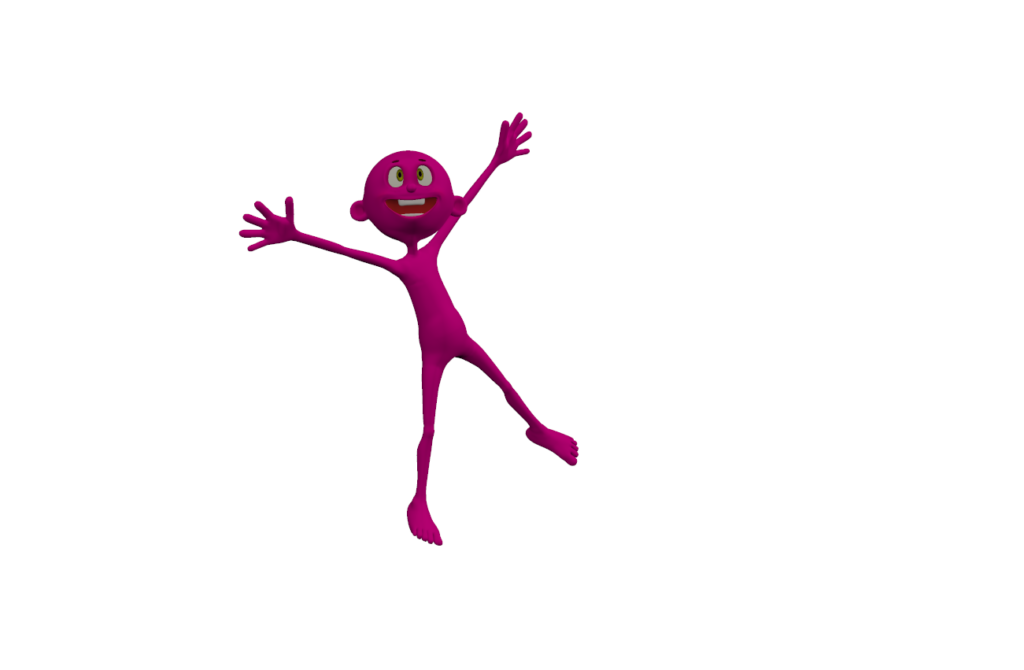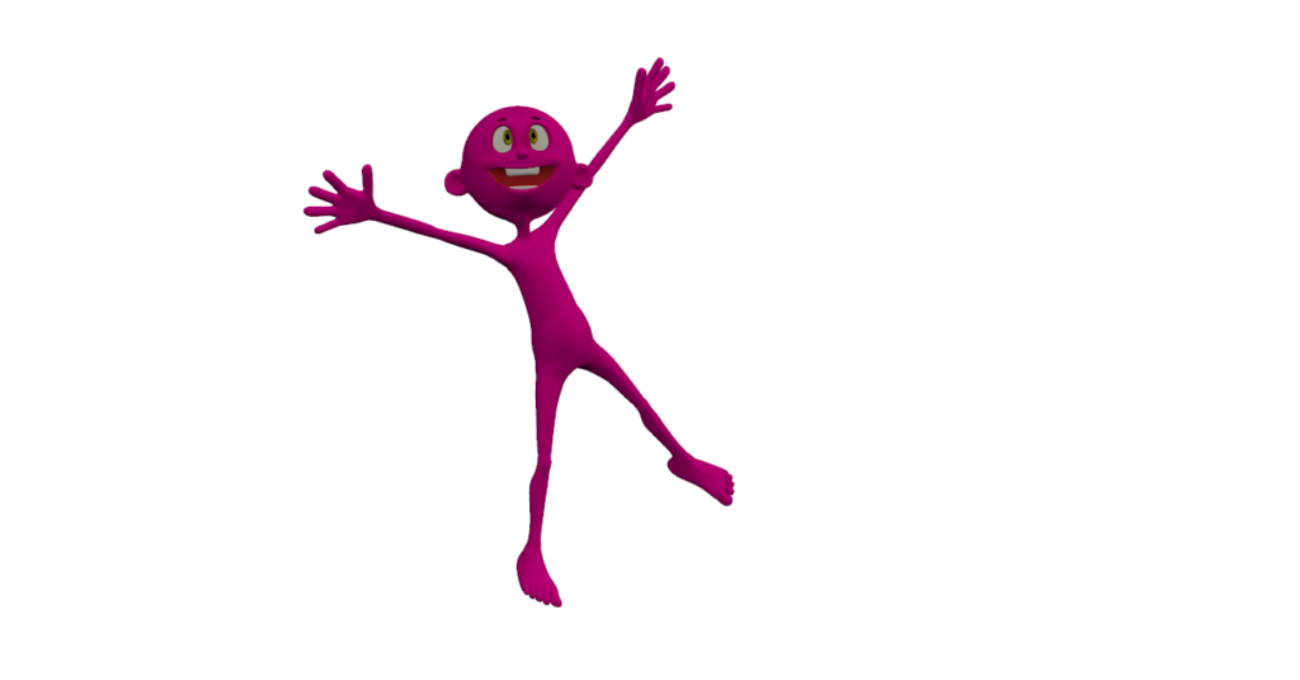Passion: whatever makes you happy
1104 words: estimated reading time 5 mins 30s.
As exercise professionals we are usually pretty enthusiastic about convincing others to share our love of physical activity, exercise and sports – but how much love are we really expecting? I hadn’t really thought too much about this until I recently reviewed an article that got me thinking and reading more around this topic. I thought it might make a good blog someday. With one thing and another I didn’t really progress it much further – if only I could find more down time! Then along came the lockdown, and passion and exercise took on some extra meaning for me.
Many of us have grown up in environments where passion was actively encouraged. We were expected to be passionate about our school work, our studies, our sport, family, and the environment. An absence of passion was a sure sign of a pathway towards becoming a rudderless drifter. We know and accept that passion can help drive motivation for undertaking projects, personal and otherwise. Marketing ‘geniuses’ understand this and they tailor advertising to stimulate the passion within us – all to drive us to make specific purchasing decisions. In reading about some of the downsides of passion – I was a little surprised that passion comes from the Latin “passio” which means suffering. We had just moved (albeit strangely) through Easter, which is full of themes of ‘passion’ and suffering, so you get the sense that people can become ‘slaves’ to their passions. I’m not trying to suggest here the type of passion that maybe morphs into stalker behaviour, but read on there may be some parallels.

Vallerand et al. (2003) from the Université du Québec have a research interest in passion and have proposed a Dualistic Model of Passion (DMP). They suggested that there are two types of passion; harmonious passion, and obsessive passion. By their definition, passion is ‘a strong inclination toward an activity that people like, that they find important, and in which they invest time and energy’. Their model hinges on their observations that people tend to internalise and link their passions strongly to their identities.
One of my exercise prescription goals when working with novice exercisers was to get them to somehow move from thinking ‘I’m giving exercise a go’ to thinking ‘I’m an exerciser and this is what exercisers do’. So, effectively I wanted them to blend active behaviours with their ‘self’ – internalising and linking – never for a moment considering that this could be problematic.
According to Vallerand and colleagues (2003), harmonious passion is evident in individuals who accept that activity is important for them (for various reasons) but with the attitude there don’t have to be any strings attached. The activity passion is in harmony with other aspects of their lives and does not ‘overpower’ their identity. I like to think that I fit into the harmonious passion category with exercise. I love exercise, but it doesn’t rule my life. I enjoy being active, but I don’t feel obliged to work out. If other priorities crop up, I can easily skip scheduled exercise. Of course if this happens for too long I start to feel that I’m mentally and physically missing out, but I don’t feel guilty!
We internalise obsessive passion in different ways such that the passion not only overpowers the individual but can effectively take control of their identity. Obsessive passionates may have an uncontrollable urge to take part in the activities they view as important and beneficial, as well as enjoyable. The need to exercise overwhelms the desire to exercise. As Vallerand and colleagues (2003) point out, this can be problematic when the passion related activity starts to take up an undue amount of the individual’s time and energy and causes conflicts with other activities and responsibilities in their lives. It can, I guess, influence decision making.
Over the lockdown, I’ve encountered and chatted with many people who have this kind of obsessive passion relationship with physical activity, training and exercise. On the one hand, I’m impressed with their determination to remain active, but I’m also starting to question whether in committing this deeply they are missing out on some of the other aspects of enjoyment. Seems to me they love having exercised more than they love exercising. At a time when protecting mental health is such a major focus in our society, I wonder about our responsibilities as exercise professionals in pushing passion without consideration for the consequences.
For example, I’ve frequently railed against the Exercise is Medicine movement and many of the Physical Activity and Health promotions – I feel like they push the idea that you ‘need’ to be exercising and ‘should’ be active – in effect guilting those are who are not sufficiently active. I worry that this creates a different meaning for activity and builds a different relationship for people – in the process they may miss out on the many other enjoyable benefits of activity. I worry too about the increased potential for injury with ‘obsessive passion’ exercisers – are warning signs going be dismissed as simply inconveniences rather than something to be taken a little more seriously? It seems to me that we sometimes do similar things with conditioning of athletes, somehow sucking the joy out of activity and replacing it with messaging around pushing oneself to do more and to exercise harder.
Importantly Vallerand et al. (2003) emphasise that obsessive passion in one area does not mean that every aspect of our lives will be similar – we may have different approaches to things like our financial security, work, food, relationships and family. I have to think that passion is more likely to be located somewhere along a continuum rather than being absolutely harmonious or categorically obsessive. All said, it may be worthwhile doing a bit of a personal inventory on your own passion around physical activity and exercise. If you work with individuals in exercise and sport settings, maybe turn your radar on for detecting obsessive passion. Maybe certain personality types gravitate towards harmonious or obsessive exercise passion. Perhaps we can help in some way with recalibration of physical activity passion. Regular reviews of exercise regimes may help us all evaluate the wisdom, or need, for more – more intense, more frequent, and longer duration -workouts. Such reviews could help ensure there are planned activity breaks and rest days, and help individuals realise that a missed session is not necessarily terminal.
As we come out of this surreal lockdown experience, I wonder what role passion has played in our physical activity experiences, and how that will translate into future physical activity. Will those new formed habits stick? Worth a thought maybe, maybe not.
Best, Phil
References
- Kovacsik, R. et al (2019) The Role of Passion in Exercise Addiction, Exercise Volume, and Exercise Intensity in Long-term Exercisers. Int J Ment Health Addiction (2019) 17:1389–1400
- Salama-Younes, M., Hashim, M. (2018) Passion, vitality and life satisfaction for physically active old adults, The Journal of Positive Psychology, 13:3, 309–319.
- Vallerand, R.J. et al (2003) Les Passions de l’Ame: On Obsessive and Harmonious Passion. Journal of Personality and Social Psychology 85(4); 756–767.
